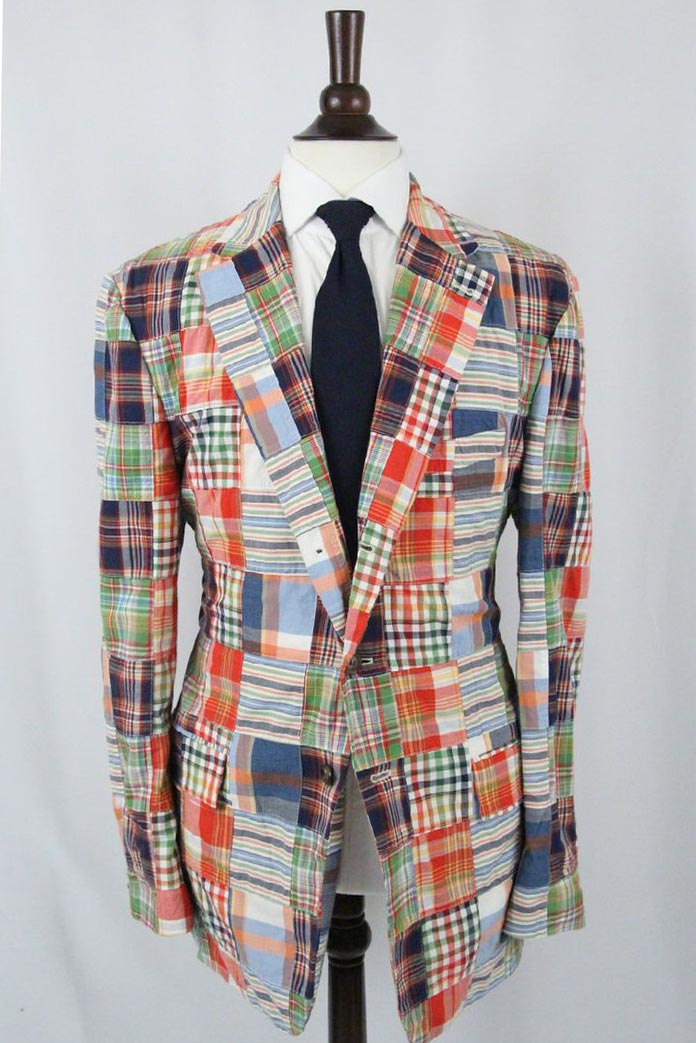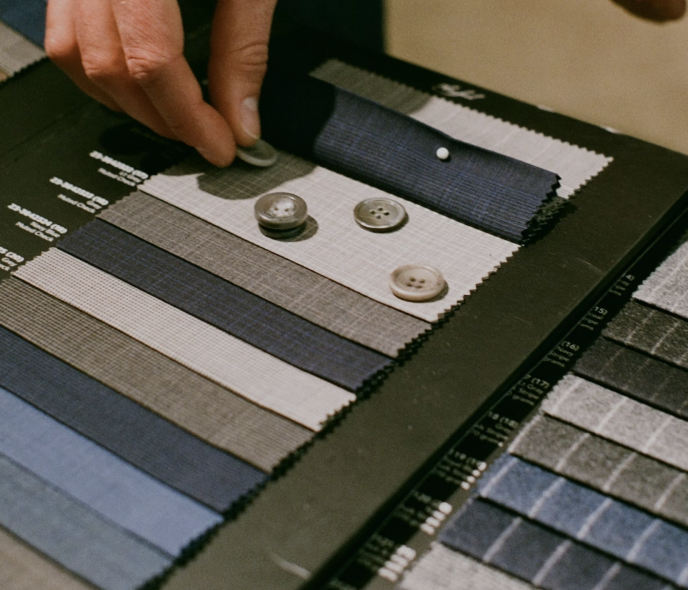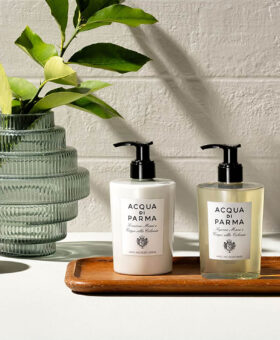

Share
A history of madras and how the shirt, pants and jacket became popular
When you ask someone to name some summer fabrics, pretty much everyone knows cotton and linen, some folks will throw in seersucker, but madras tends to fly under the radar. That said, it’s another stylish warm-weather fabric worth including in your seasonal rotation.
Technically, ‘madras’ is a very specific term, referring only to a specific fabric made in the region of Chennai, India, which was once actually called ‘Madras’ – hence the name. The cloth must be handwoven, and is made using a short-fibered cotton that is carded and not combed, which gives the fabric it’s characteristic slubby handfeel. It’s a bit coarser as well, and a bit more loosely woven, which makes it perfect for hotter climates. Finally, both sides of the fabric must have the same pattern, which means that pattern must be woven, not printed.

While solid madras cloth does exist, the typical pattern is a large scale plaid in bright, bold reds and greens with yellow and blue undertones. Some stories hold that the pattern was copied from the Tartan plaids of the UK, but the accuracy of such a claim is tentative at best.
Either way, these days it’s this characteristic pattern that most people are actually referring to when they use the term ‘madras’. However, at one point in time, plain undyed madras was the style di jour in Europe where it was popular for its breezy qualities.
Fun fact – initially, madras was a cloth associated with the working peasant class of India. Then, when Europeans first brought the fabrics back to the western world following British colonization, the association took a 180 and became a status symbol of the wealthy who could afford to travel to the exotic regions where it was produced.

It was via this route that the pattern entered the style lexicon of the Ivy Leaguers, and it still holds its preppy connotations today. That said, it’s a bit more rugged than seersucker or linen, which allows it to feel generally less stuffy and more relaxed.
Another fun fact – when Brooks Brothers began producing their own version of the cloth, they were thrown off by its tendency to bleed when washed. Rather than let that deter them, they employed a clever marketing ploy, advertising the cloth as ‘guaranteed to bleed’ and embracing the unique characteristic. Manufacturers these days have found ways to counter the effect, but you can still find ‘bleeding madras’ in many markets.
Today, madras plaid is most commonly used for casual shirts, but you’ll find it on everything from ties to trousers to blazers. If not in the characteristic plaid, you’ll find it in rich, often jewel-toned solids. As such, it’s a great way to not only to stay cool in hot weather, but also to add a punch of color to your summer wardrobe!
Thanks for reading.
Stylishly Yours,
Adam Lehman
He Spoke Style




































